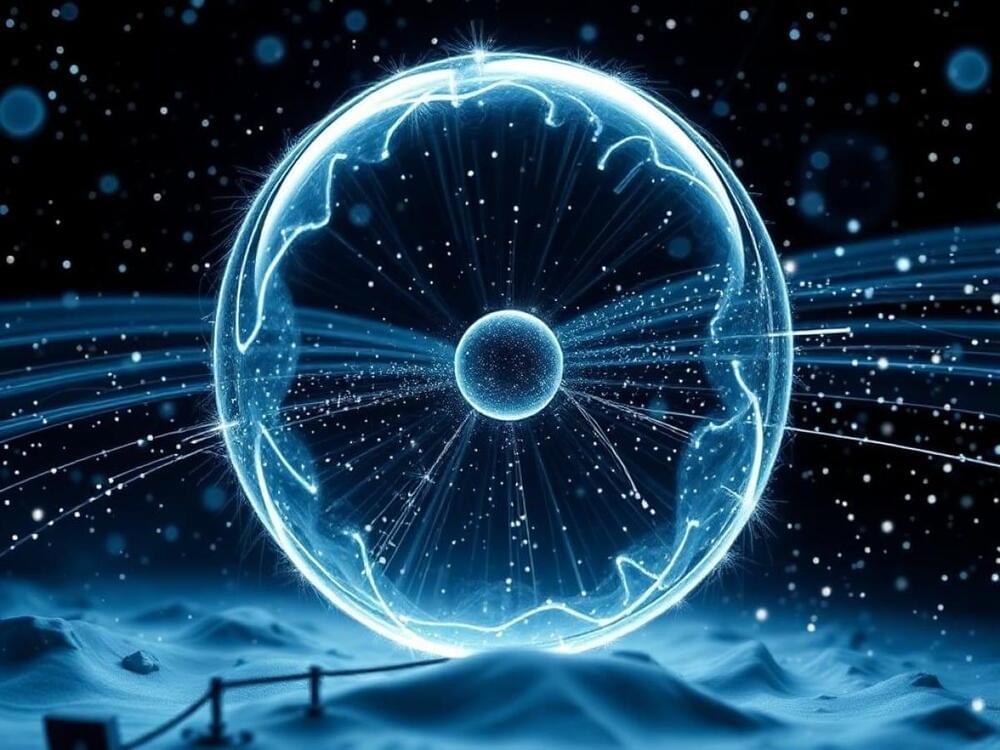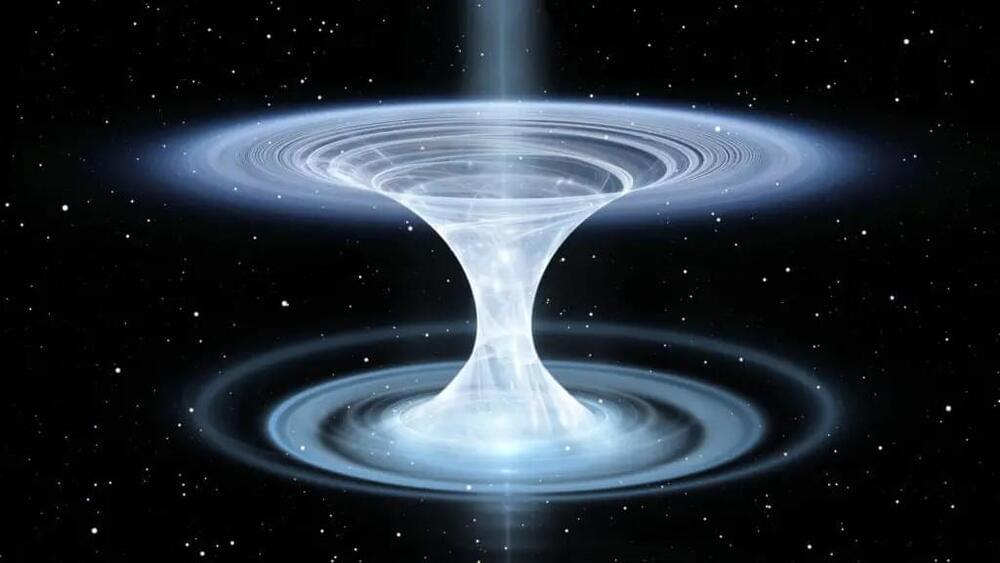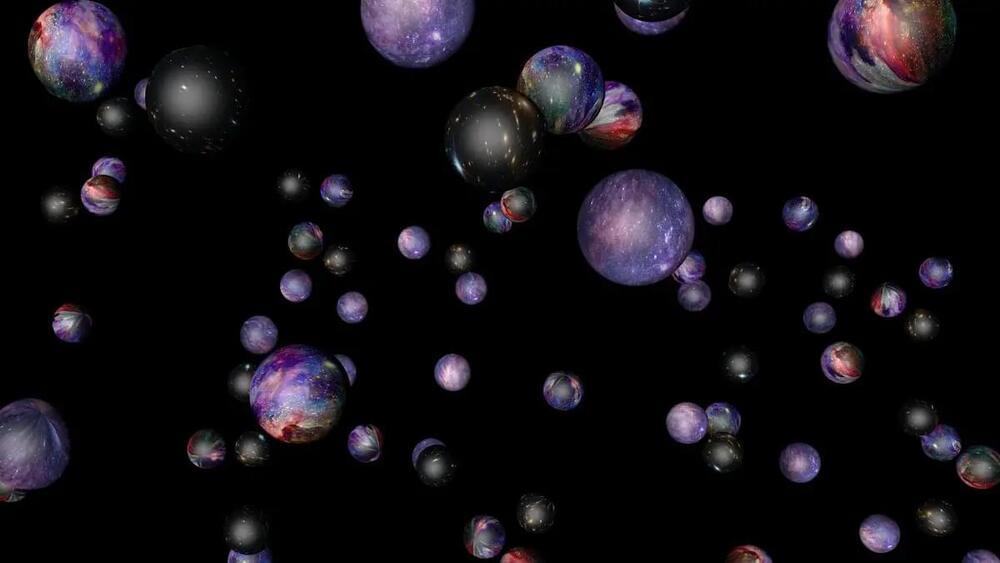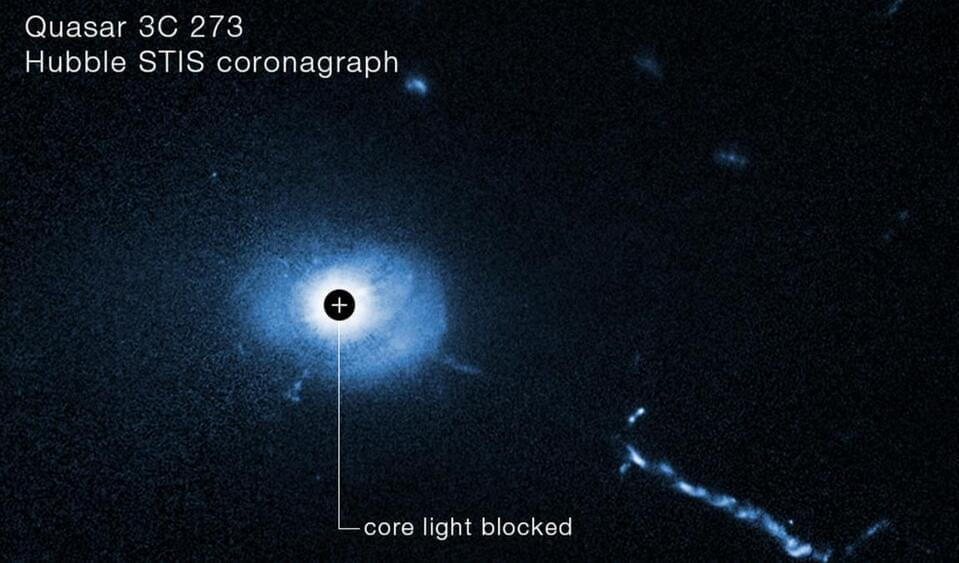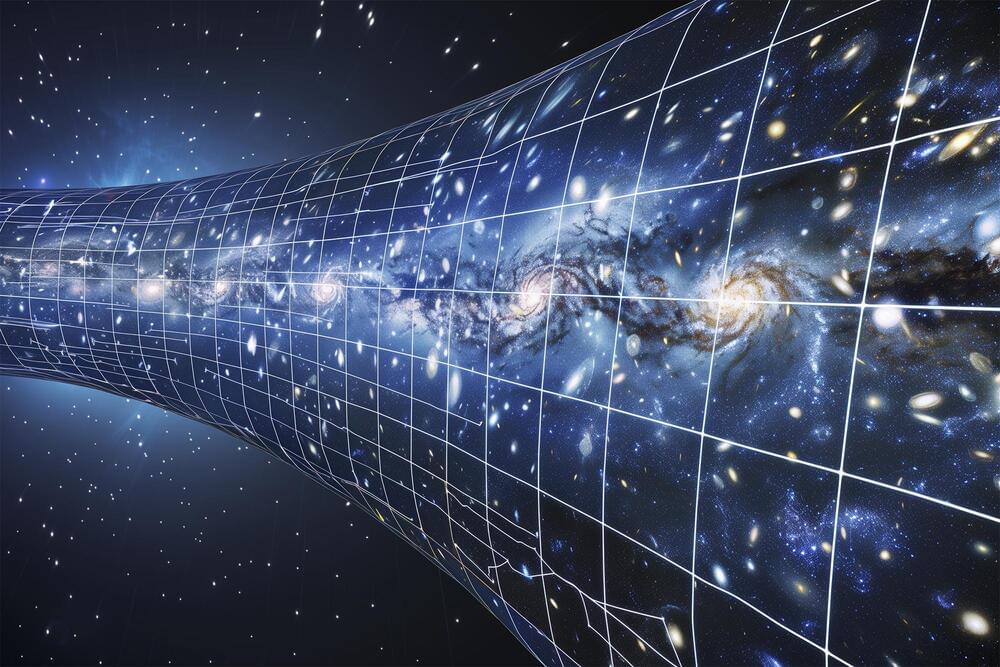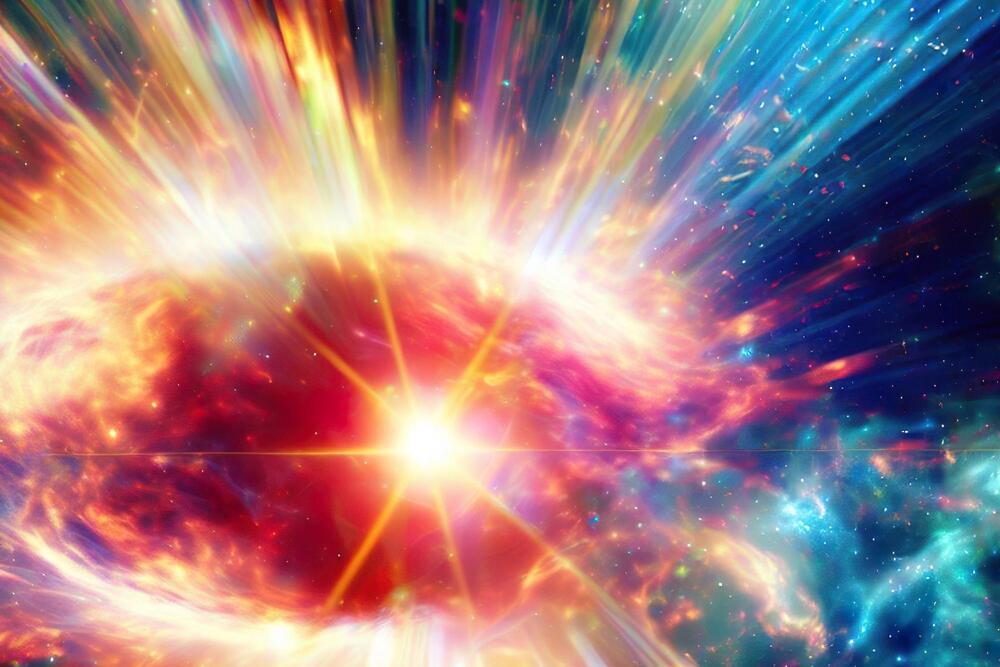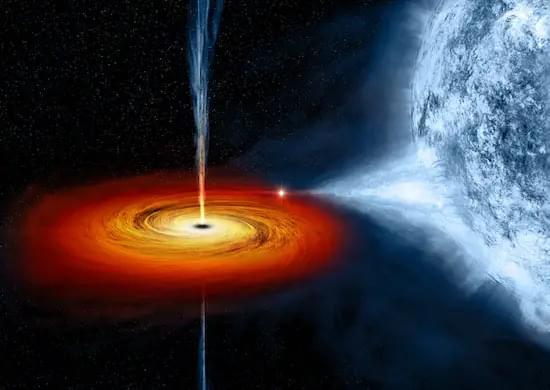For centuries, gravity has been one of the most captivating and puzzling forces in the universe. Thanks to the groundbreaking work of Isaac Newton and Albert Einstein, we have a robust understanding of how gravity governs the behavior of planets, stars, and even galaxies. Yet, when we look at extreme scenarios, such as the intense gravitational fields near black holes or the mysterious quantum world, our understanding starts to break down. New research and theories, however, suggest that the key to solving these mysteries may finally be within reach.
In our daily lives, gravity is a constant presence. It’s what keeps us grounded to the Earth, dictates the orbits of planets, and ensures that satellites stay in orbit around our planet. Thanks to Einstein’s general theory of relativity, scientists have been able to make highly accurate predictions about the movement of celestial bodies, calculate tides, and even send probes to the farthest reaches of the solar system.
Yet, when gravity’s effects become more extreme—such as inside black holes or during the birth of the universe—it becomes much more difficult to model. Similarly, when we turn our attention to the quantum realm of subatomic particles, Einstein’s theory breaks down. To understand phenomena like the Big Bang or the inner workings of black holes, physicists have long known that we need a new, unified theory of gravity.
